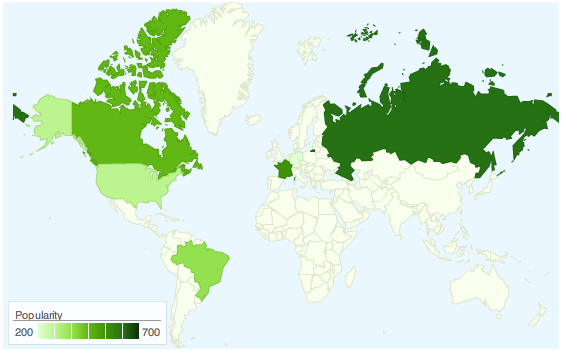IFRAME Source
Usually when you use an IFRAME tag to link an external source the page that’s referenced by the SRC attributes is loaded at the top left corner. This is the default behavior, but sometimes you’d like to show to your users not the entire page from the top left corner, but to show only part of the external page instead.
In most of the cases the reference is external and you don’t have control over the external page. Thus you’ve to scroll the IFRAME content to the desired position. This of course is impossible. Yeah, there are some JavaScript hacks, but they’re all a bad solution, because the scrolling occurs only after the page is loaded.
The Solution
You can wrap the IFRAME into a div and scroll the DIV content using absolute TOP and LEFT CSS properties.
Here’s an example:
#my-div { width : 400px; height : 200px; overflow : hidden; position : relative; } #my-iframe { position : absolute; top : -100px; left : -100px; width : 1280px; height : 1200px; } |
Here you have one DIV with dimensions 400x200px. Now by moving the IFRAME within it you can position it on the right place.
<div id="my-div"> <iframe src="http://www.example.com" id="my-iframe" scrolling="no"></iframe> </div> |
Continue reading Scroll an IFRAME Content to a Predefined Position





